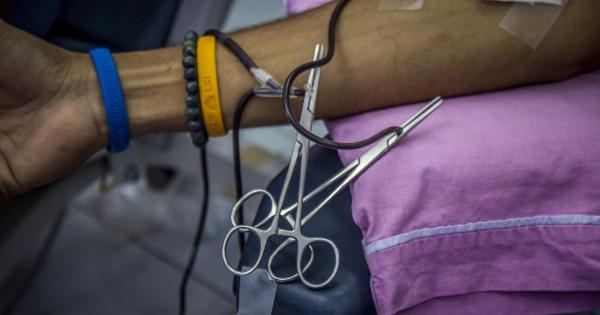Joint replacement surgery refers to a surgical procedure in which a damaged or worn-out joint is replaced with an artificial joint.
The surgery is usually done on the knee, hip, or shoulder joints and is performed to relieve pain and improve joint mobility. Joint replacement surgery is typically recommended for people who have severe joint damage, osteoarthritis, rheumatoid arthritis, or other conditions that cause joint pain and stiffness.
When is Joint Replacement Surgery Necessary?
Joint replacement surgery is typically recommended when other treatments, such as medication, physical therapy, or lifestyle changes, are no longer effective in relieving joint pain and improving mobility.
Joint replacement surgery might also be recommended if the patient has difficulty performing everyday activities, such as climbing stairs, walking, or standing because of joint pain and stiffness.
Preparation for Joint Replacement Surgery
Before undergoing joint replacement surgery, the patient will be evaluated by the surgeon and other healthcare professionals to determine whether the surgery is the best option.
The healthcare team will also review the patient’s medical history, perform a physical exam, and conduct diagnostic tests, such as X-rays or MRI, to evaluate the extent of joint damage. If joint replacement surgery is recommended, the healthcare team will provide the patient with information on how to prepare for the surgery, including:.
- How to prepare the joint for surgery
- What medications to stop taking before surgery
- What to eat and drink before surgery
- How to arrange for transportation to and from the hospital
- What to expect during the recovery period
Joint Replacement Surgery Procedure
During joint replacement surgery, the surgeon will make an incision near the affected joint and remove the damaged joint tissue.
Then, the artificial joint, made of metal, plastic, or ceramic, will be implanted in the joint in place of the damaged tissue. The surgery typically takes several hours to complete, and the patient will be under general anesthesia during the procedure.
Recovery from Joint Replacement Surgery
The recovery period after joint replacement surgery can be lengthy and requires strict adherence to the rehabilitation program prescribed by the healthcare team.
Immediately after surgery, the patient will stay in the hospital for a few days to recover and receive rehabilitation services, such as physical therapy and occupational therapy. After leaving the hospital, the patient will need to follow a strict regimen of physical therapy, exercises, and medication to ensure proper recovery and healing.
It can take several weeks or even months to regain full joint mobility, and the patient may need to use crutches or a walker for a period of time to assist with mobility.
Potential Risks and Complications
As with any surgical procedure, joint replacement surgery carries some risks and potential complications, including:.
- Infection
- Blood clots
- Fractured bone during surgery
- Dislocation of the new joint
- Loosening of the artificial joint
The healthcare team will closely monitor the patient during and after surgery to minimize the risk of these complications.
Choosing a Hospital for Joint Replacement Surgery
Choosing the right hospital and healthcare team for joint replacement surgery is critical to ensuring the best outcome and recovery. When choosing a hospital for joint replacement surgery, consider the following factors:.
- Experience and expertise of the healthcare team
- Quality of care provided by the hospital
- Availability of rehabilitation and support services
- Cost of the procedure and related healthcare services
Your healthcare provider can help you evaluate your options and choose the best hospital for your needs.
Conclusion
Joint replacement surgery can provide significant relief from joint pain and stiffness and improve mobility and quality of life for people suffering from joint damage or conditions such as osteoarthritis or rheumatoid arthritis.
With proper preparation and care, joint replacement surgery can be a safe and effective treatment option. Choose a healthcare team with experience and expertise in joint replacement surgery to ensure the best outcome and recovery.



























